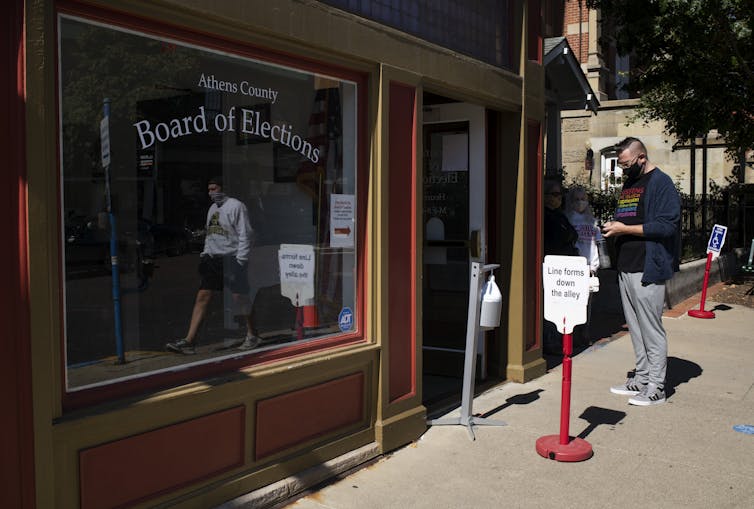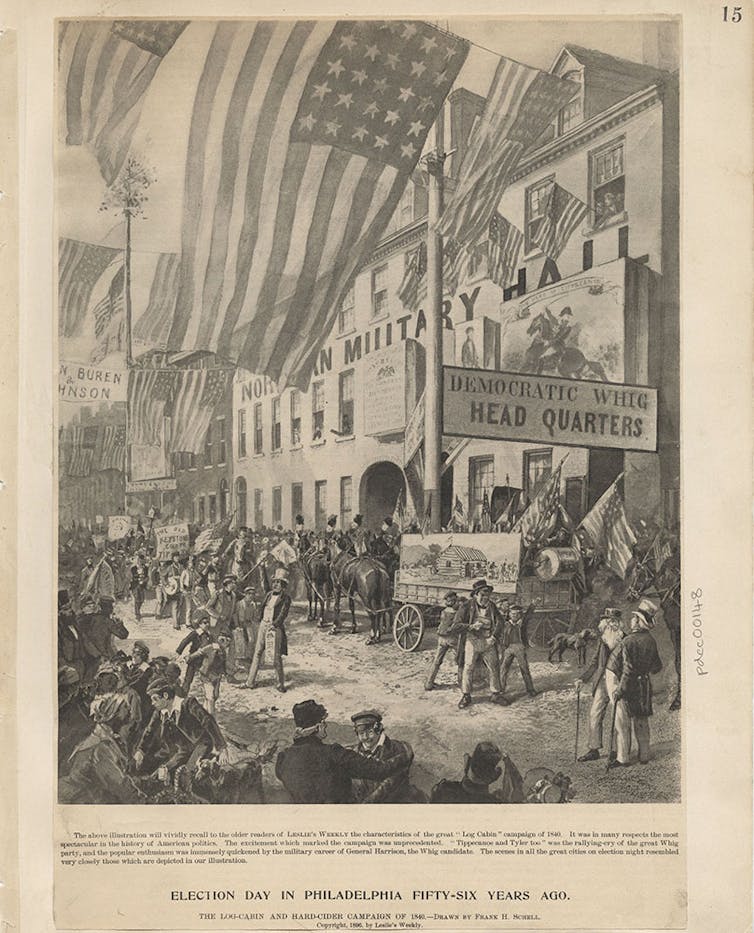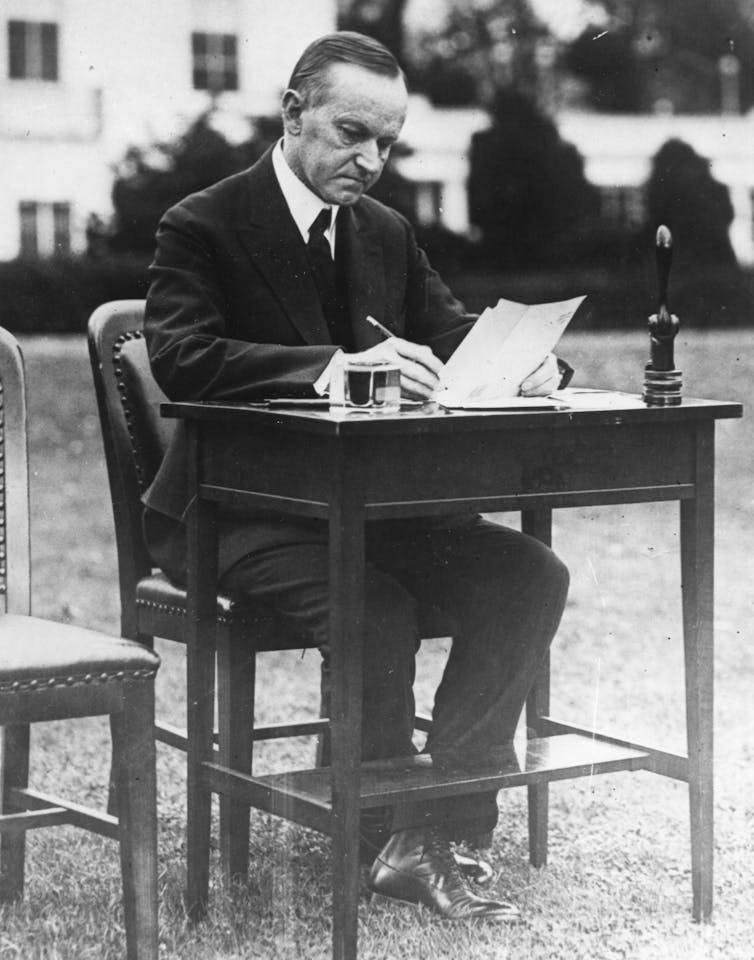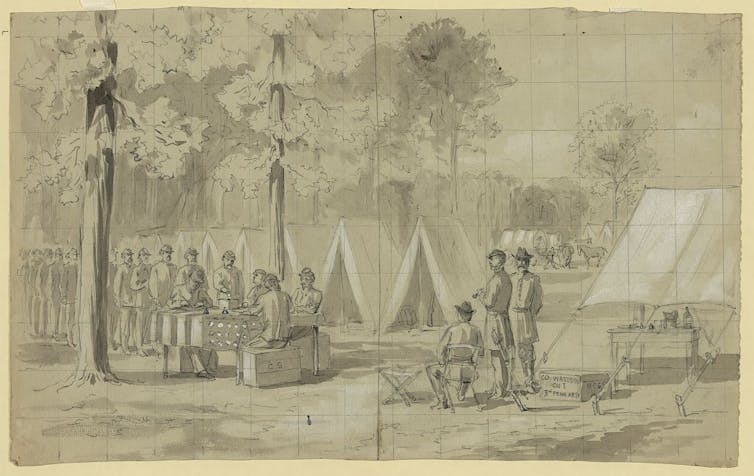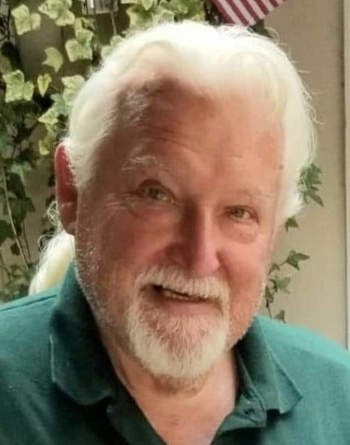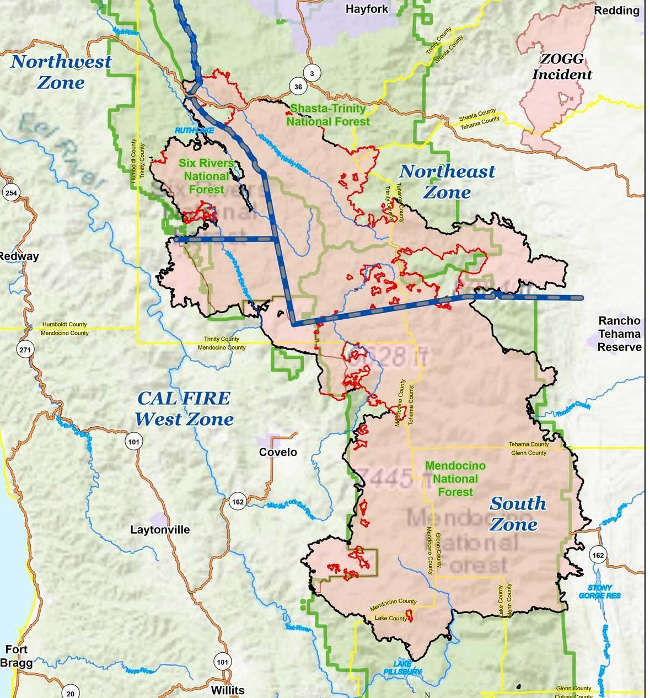- Elizabeth Larson
Lakeport Planning Commission recommends renaming Westside Park Road in honor of Jolin
The discussion about renaming Westside Park Road for Charlie Jolin was the main item on the agenda for the commission’s brief Wednesday night meeting.
In July, at the request of the Westside Community Park Committee, the Lakeport City Council approved beginning the process to rename the street in honor of Jolin, who died in June at age 96, as Lake County News has reported.
The process’ next stop was the planning commission, which first considered the proposal at its Sept. 8 meeting.
Originally, the proposal had been to name the road “Charlie’s Way.”
At the commission’s September meeting, City Manager Kevin Ingram pointed out that the city’s city’s street naming conventions discouraged the use of apostrophes.
Commissioner Mark Mitchell, later in the same meeting, suggested going with “Charlie Jolin Way,” as it would offer more information about the man behind the street name.
That option would come out as the top choice, but before making a decision the commission voted to hold off until this month’s meeting so they could hear directly from the Westside Community Park Committee, which had its own meeting at the same time and so didn’t have a representative on hand Sept. 8 to answer questions.
In his update to the commission on Wednesday, Ingram said the next step would be a public notice process that city staff would initiate immediately. While there are no residences on the road, he said it leads to homes in the Parkside Subdivision. It’s the city’s intention to give individual notifications to subdivision residents.
Because the city’s street naming rules don’t allow apostrophes, Ingram said staff recommended the new street name be “Charlie Jolin Way.”
Westside Community Park Committee Chair Dennis Rollins was on hand to answer questions from the commission.
He said the committee doesn’t believe there would be a Westside Park without Jolin.
Rollins explained that in the late 1990s, Jolin and then-Lakeport Community Development Director Richard Knoll got together and had a brainstorm about the park idea, and Jolin ran with it.
He said the first phase of the park involved help from the National Guard, which Jolin had arranged.
“He was the mover and the shaker,” Rollins said.
One of the park committee members had suggested the whole park be renamed for Jolin, but Rollins said Jolin didn’t want anything named after him. He was low-key about things unless it was about promoting the park.
Rollins said he thought renaming the road in Jolin’s memory is fitting.
Mitchell asked him his preference for the name.
Rollins said he liked “Charlie’s Way” because the committee had done everything Jolin’s way. However, he said he understood the punctuation issues with the city’s street naming rules. The committee has discussed it and is fine with the proposed name of “Charlie Jolin Way.”
“Ordinarily, this isn’t something I’d be in favor of,” said Commission Chair Michael Froio, who also had raised his concerns at the last meeting about renaming established streets.
However, Froio said Wednesday that in talking with people this week about the proposal, it seemed fitting and that his question had been answered when Mitchell questioned Rollins about his name preference.
Commissioner Ken Wicks moved to recommend the city council change Westside Park Road to “Charlie Jolin Way,” with the finding that the name change is in conformance with the general plan and existing street name network. Commissioner Jeff Warrenburg seconded and the commission approved the motion 4-0, with Commissioner Michael Green absent.
Ingram told Lake County News after the meeting that the Lakeport Municipal Code has a 10-day notice requirement for street renaming but it requires the notice to be placed in two public spaces.
He said he also intends to send a direct mailing to the Parkside Subdivision, as he had indicated during the meeting.
Ingram said the plan is to get sign notices by the end of the month, which would put the matter on track to go before the Lakeport City Council at its Nov. 17 meeting.
Email Elizabeth Larson at

 How to resolve AdBlock issue?
How to resolve AdBlock issue? 